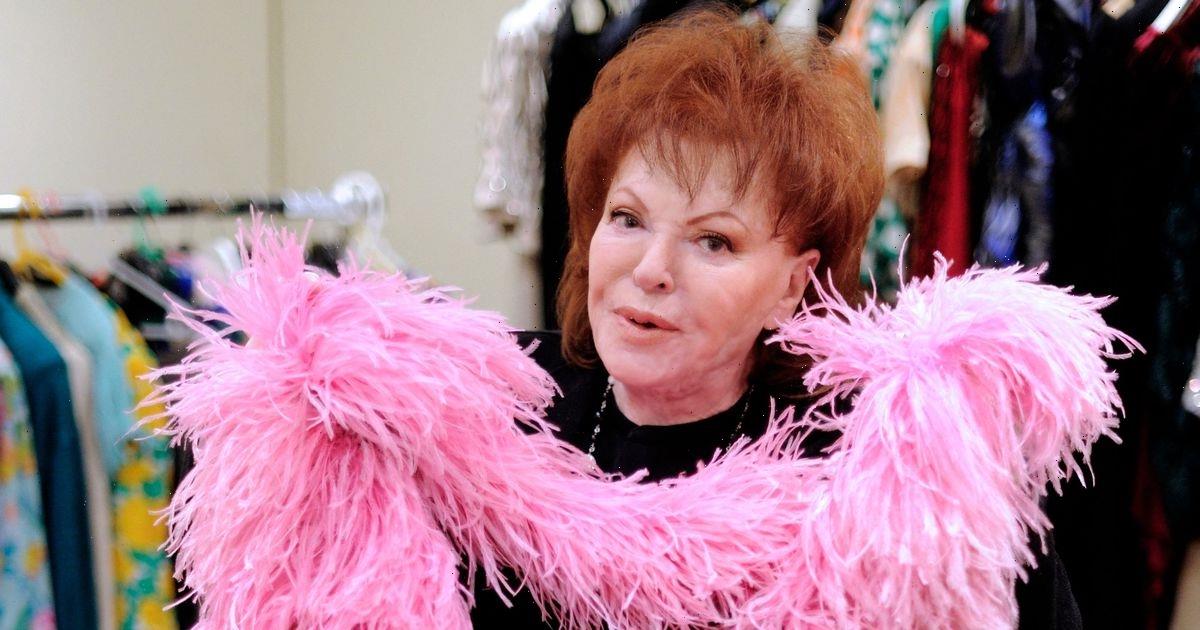Sky high inflation. Rising interest rates. Falling home purchases.
Analysts are working to digest a host of signals about the state of the U.S. economy, which emerged from a pandemic recession stronger than anyone could have believed.
This week, those alarming trends collided with another major data point showing U.S. gross domestic product shrank in the first quarter of 2022.
Still, many economists believe a formal recession — the economy going into reverse for two consecutive quarters — is not imminent.
"This is noise; not signal," wrote Ian Shepherdson, chief economist at Pantheon Macroeconomics research group, of the GDP data in a note to clients. "The economy is not falling into recession."
That sentiment was echoed by Bill Adams, chief economist at Comerica Bank, who noted in a tweet that consumer spending, investment and job growth remain healthy.
Still, many Americans are feeling jittery. Among the signs: searches for "recession" have been spiking on Google this month.
"There are undoubtedly a lot of challenges for the U.S. economy," said James Knightley, chief international economist at the financial services group ING. "You've got a situation where households are feeling the squeeze of higher fuel and food costs, and wages that are not necessarily keeping pace."
Recent consumer sentiment readings also suggest many Americans aren't sure where their financial futures are headed. Complicating matters: The ultra-low interest rate environment that has dominated the U.S. economy for years has come to an end, with the Federal Reserve poised to hike its key benchmark rate next week for the second time in nearly two months.
As a result, while most economists are certain that growth will begin slowing in the coming months, there is debate about how severe the drop will be, and what it all means for average Americans.
"People are feeling cautious — and we've just started to get higher interest rates," Knightley said. "It’s unnerving for people."
Warning signals
On Wednesday, the U.S. Bureau of Economic Analysis reported the U.S. gross domestic product, among the broadest measures of growth observed by economists, shrank 1.4 percent. GDP represents the market value of goods and services produced in a country during a specific period of time.
Yet many economists were unfazed by the negative direction of the data, saying it was mostly a quirk of technical factors in how GDP is calculated.
In particular, the data were heavily affected by a surge in imported goods — a sign that demand actually remains quite strong.
"Because there was such a huge backlog of ships waiting to unload in American ports, imports stayed high in the first quarter," Comerica's Bill Adams said, meaning America was in a trade deficit. "So it showed up as a reduction in GDP, which meant purchasers were going to buy more foreign products and less American products."
But there are other signals suggesting all may not be well in the economy. At the end of March, a key part of the bond market associated with recessions reared its head. It's known as an inverted yield curve. It's what happens when it becomes riskier to hold short-term bonds than it is to hold longer-term ones.
According to the Federal Reserve Bank of San Francisco, inverted yield curves have preceded every recession since 1955, though sometimes it's taken two years for an economic contraction to arrive after an inversion has occurred.
Only once, in the 1960s, has the curve inverted and a recession not followed soon after.
On March 29, the yield curve inverted — meaning bond-buyers decided shorter-term risks to economic growth were increasing relative to longer-term ones.
ING's Knightley said this doesn't rule out a recession entirely. "But it’s a flashing warning sign that we need to take seriously."
Experts like Knightley worry that if the warning sign is correct, average Americans could start to experience higher unemployment and slower wage growth, even as inflation begins to slow down.
A steepening yield curve has been a feature of our economic environment in recent months.
Where will inflation go from here?
It's not clear when an inflation slowdown will happen, or how fast. Some economists believe inflation peaked in March, when the consumer price index hit a 40-year high.
Yet many economists believe inflation is likely to linger for some time. In a note to clients released this week, Bank of America said, "Recession risks are low now but elevated in 2023 as inflation could force the Fed to hike until it hurts."
The bank is referring to the plan by the Federal Reserve to raise interest rates to bring inflation under control. The Fed has said it would raise the benchmark interest rate six more times in this year, meaning the cost of borrowing money — to buy houses, cars, take out student loans and carry credit card debt — will become more expensive.
"Every recession is different, but Fed hikes and commodity shocks have played a role in most recessions over the last few decades," the bank wrote. "Currently we are facing a modest version of both: a commodity shock from the Russia-Ukraine war and a significant Fed tightening. Moreover, the commodity price spike is part of a much broader surge in inflation."
At the moment, the bank said, the main "imbalances" in the economy are elevated spending on goods, and what it called "a potentially overheating labor market."
At the moment, it said, inflation is weighing heavily on real consumer spending, which has climbed just 2.4 percent year-on-year over the past three quarters. Despite this, the GDP data show spending is still strong, with some exceptions. Mortgage applications recently fell to their lowest levels in the post-Covid era, due in large part to higher interest rates.
But inflation could persist if overall consumer demand remains too strong, thanks to the red-hot labor market and the Covid-related lockdowns in China that are affecting supply chains again, Bank of America said.
"[Economic] risks are elevated, and should certainly be viewed as above average," the bank said. "If inflation comes in stronger than expected or growth falls quickly, a recession would become the base case. But we are not there yet."
How should households prepare for a potential recession?
Goldman Sachs chief economist Jan Hatzius pointed out in an April 17 note to investors that household balance sheets are healthy.
“The household net worth/disposable income ratio [is] currently at a record high," Hatzius said, citing stock market highs through much of 2021 and the record amount of money people saved up during the pandemic. "The private sector overall [is] running a healthy financial surplus,” Hatzius said.
“This means that a slowdown in income growth due to a monetary policy-induced cut in labor demand is less likely to force households to cut back sharply on spending," Hatzius added — meaning families will likely keep enjoying the ability to spend money on what they need and want because their financial balance sheets are so healthy right now.
"This likely raises odds of avoiding a recession,” he said.
So what can consumers do to prepare for a recession? Ironically, it is the fear of a downturn that can often trigger one.
"Planning for a recession is the ideal cocktail to end up with a recession," said Gregory Daco, chief economist at EY-Parthenon, Ernst & Young LLP. "So it oftentimes becomes a self-fulfilling prophecy: Consumers start to purchase less, or retrench, and then businesses start facing more financial difficulties, they start to hire less, then incomes fall. It leads back into vicious loop."
Ultimately, he said, it will fall on the Fed to nail the economic dismount. Right now, he said, a recession is not imminent. But depending on what the Fed does — and how markets respond — a recession could be a possibility in the next couple of years.
While a recession is a risk, it is not a guarantee, Daco said. "There is no guarantee we end up in a recession, because the Fed will be able to rethink, recalibrate monetary policy. But it is a risk as we look into 2023."
So, a bit of age-old advice remains true for individuals and families looking to fortify their finances before a recession: have an emergency savings account, use no more than about 30 percent of your available credit, pay down high-interest debt and be mindful of spending on nonessential goods and services.
Source: Read Full Article


